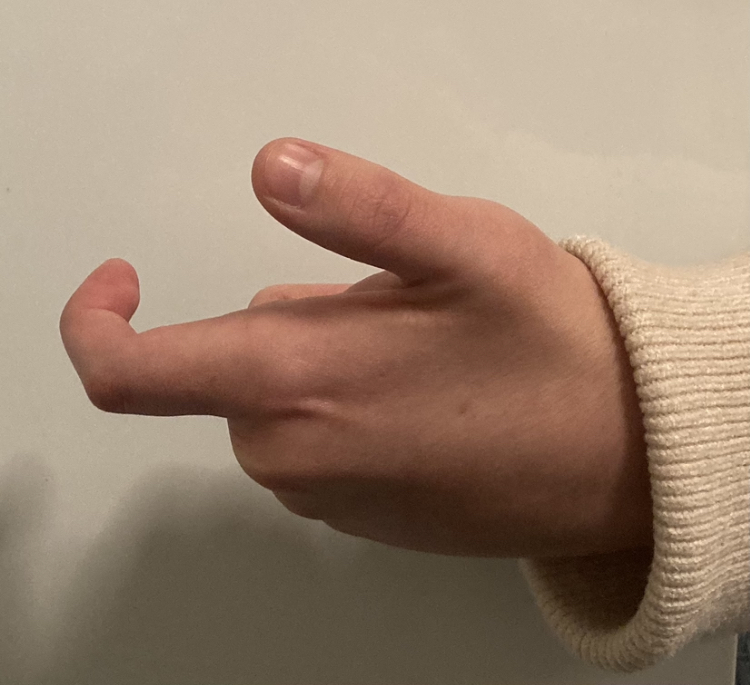Text:
This is a side story in the Mahabharatha. There was a young boy named Ekelavya who couldn’t be trained in the bow and arrow while growing up because his parents were too poor to hire a teacher for him. However, he found the 5 main brothers being trained by a great teacher, Guru Dronacharaya. Day after day, Ekelavya watched from some nearby woods as Guru Dronacharaya trained the five, one of them, by the name of Arjuna, growing to be known as the best archer ever. Arjuna was Guru Dronacharaya’s pride and joy as his best pupil ever.
Meanwhile, in the woods, Ekelavya had a great respect for Guru Dronacharaya. He built a statue of Guru Dronacharaya and began training in the woods in front of it, pretending that he was being trained by the guru himself. Ekelavya grew very skillful at archery this way. One day, Guru Dronacharaya was passing through the woods when he came upon the statue in his likeness, along with Ekelavya. After observing Ekelavya’s archery for a bit, he realized that this boy was leagues better at archery than Arjuna. Guru Dronacharaya approached Ekelavya and asked how he had become so good at archery. The boy told him that he had watched the Guru training the five brothers and practiced on his own in the woods.
Guru Dronacharaya wanted to protect his pupil Arjuna’s status as the best archer ever, so he asked for Ekelavya’s right thumb as his gurudakshina. This way, Ekelavya would be unable to draw back a bow. Because of his great devotion to his teacher, Ekelavya complied and cut off his right thumb to give to Guru Dronacharaya.
Context:
This story is from the Mahabharatha, and is a plot point in the main storyline. An extremely simplified synopsis of the Mahabharatha is that it’s about the war between 5 brothers and 100 of their other brothers (Note that brother and cousin are essentially synonymous in this context). The “good guys” are the 5 brothers, and they eventually end up winning the war.
During these times, archery was seen as the most stylish and elegant form of combat, and thus was highly respected. All nobles were trained in it.
A gurudakshina was paid to a teacher after your time training with him comes to a close, and the guru could ask you for pretty much anything and you had to pay it. In this specific case, however, Ekelavya only really pays the gurudakshina out of respect for and devotion to Guru Dronacharaya, as there was no formal training or contract of any sort between them.
The interviewee feels that this story resonates especially deeply with him because it shows that sometimes the world isn’t fair and people can just get in your way despite you doing everything correctly. Ekelavya works the hardest of any character described, and yet gets pushed to the side merely because he wasn’t born into nobility. It’s about realism.
This story isn’t one that is told to younger children, as it kills their hope by teaching them that they can do everything but still not reach their goal because others get in their way, or things don’t go in their favor. Some families don’t tell their children this story at all because of the cynical way that it describes this world.
Analysis:
In addition to the life lesson my interviewee notices, I think this story promotes respecting authority and tradition, seen by Ekelavya’s decision to pay the requested gurudakshina, despite it costing him greatly. The authority that is placed inherently in that culture’s nobility is also respected, as Ekelavya doesn’t question his place as separate from the other boys, opting to train from afar instead of asking to join their sessions or something of that nature. It puts an interesting emphasis on hard work. The hard work still pays off, as Ekelavya becomes better than the best archer ever, but he gives up his reward/possible reputation after all the hard work out of devotion. There is also a selfless element to this story, as he is thinking more about what’s good for Guru Dronocharaya than what is good for himself.

